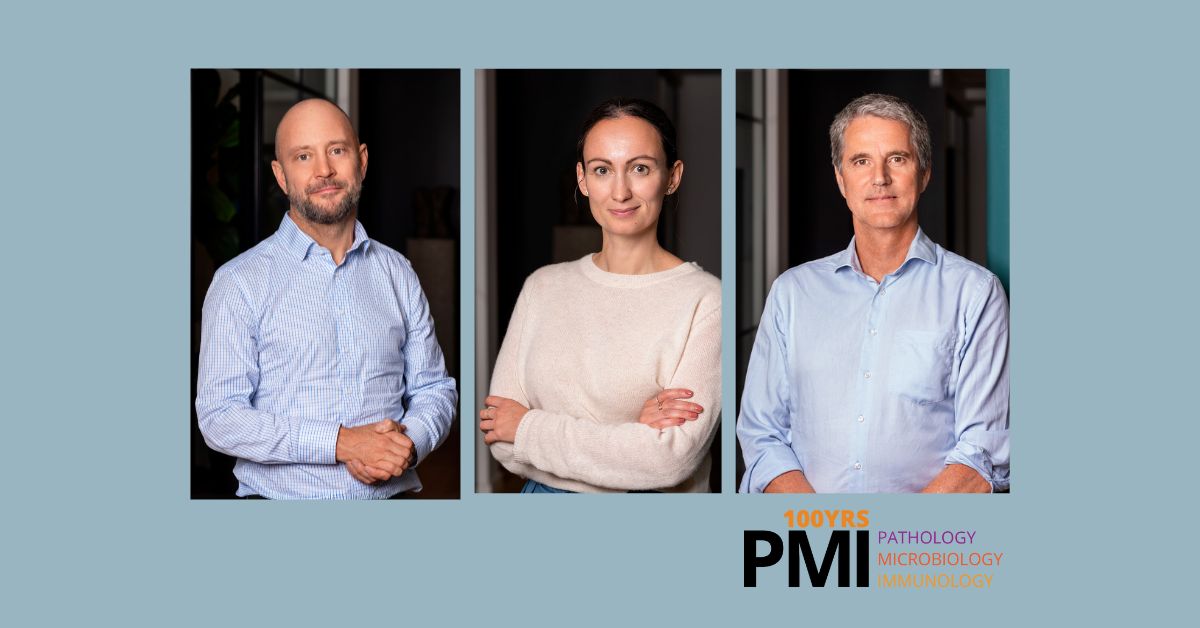In science, we are trained to be objective, systematic, and dispassionate. Emotions are often treated as distractions – biases to be purged from the scientific method. Yet one emotion not only deserves a place in science, but is fundamental to great research: curiosity. Though sometimes treated as purely intellectual, curiosity is emotional at its core – a felt response to uncertainty and a compelling urge to resolve it. Most of us did not become scientists to nuance existing dogmas. We were driven by a desire to understand the puzzles that nature presents. This same curiosity should continue to guide our work – not only as a source of intellectual exploration, but as a force with the potential to improve or even save lives.
In a world increasingly driven by defined objectives and measurable outputs, it is easy to understand why curiosity-driven research is overshadowed by applied fields that promise rapid returns. This shift is mirrored in funding trends, where grant applications are increasingly expected to include preliminary data confirming commercial or clinical potential – even before funding is granted. For decision-makers, this reduces risk. But for science, it narrows the field of vision. Foundational research by its very nature cannot guarantee rapid or tangible outcomes.
Where risk-averse research promises fast and safe returns, curiosity-driven science operates in a high-risk, long-horizon domain. And yet, its returns are often the most transformative. Consider antibiotics, artificial intelligence, or electromagnetism – none of these emerged from targeted application. The importance of this kind of research was confirmed in a recent Harvard–Novartis study, which found that 8 out of 10 of the most transformative drugs in the U.S. originated in basic science.
The core challenge of curiosity-driven research is that it is inextricably linked with chance. And in an era of ever-tightening timelines and deliverable-driven logic, chance has become a liability. Today’s investments are expected to yield returns tomorrow. Moreover, outcome-oriented research may constrain our perspective – inhibiting us from noticing the unexpected.
A well-known experiment in cognitive psychology highlights this point. In the so-called “gorilla experiment,” 192 participants were asked to count the number of times a ball was passed between players. During the task, a person in a gorilla suit walked directly through the scene. Remarkably, only half the participants noticed. The rest were so focused on their task that they completely missed this unusual event.
The gorilla experiment is a striking allegory for the limitations of framed research. In product-driven or applied science where success is defined in advance, we often miss what falls outside the goal. This is not to say that applied research lacks value. It plays a vital role in addressing urgent societal needs, but it is frequently conducted under competitive and economic constraints, which impose a structural limitation on how widely we can observe and interpret.
If we are serious about progress – about real, disruptive innovation – then we must protect the conditions under which it arises. That means defending not only curiosity in depth, but also in the connections between disciplines, transcending rigid categories to allow fresh ideas to emerge. We must recognize that not all value can be forecast – and that the most important scientific work may begin, not with certainty, but with curiosity.





